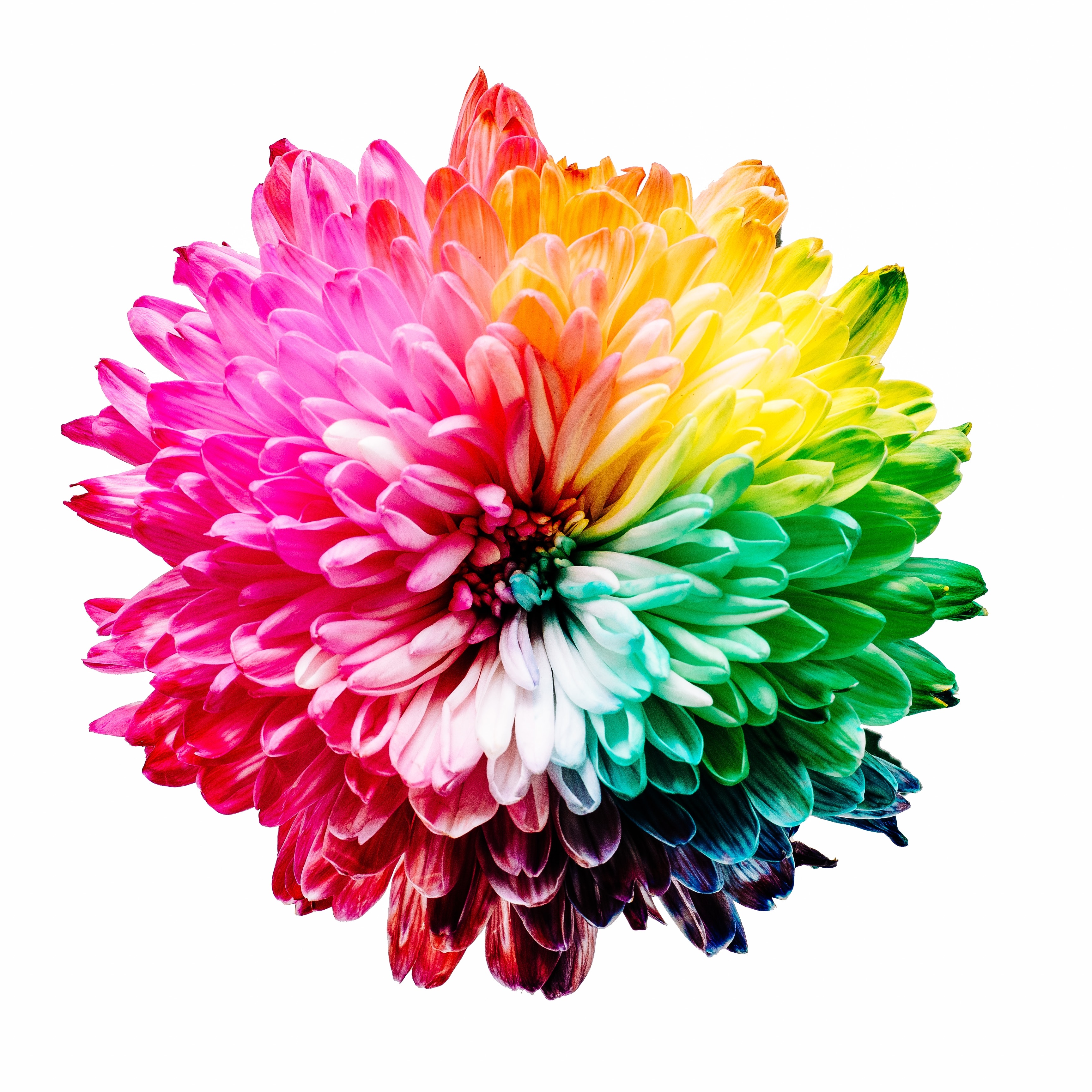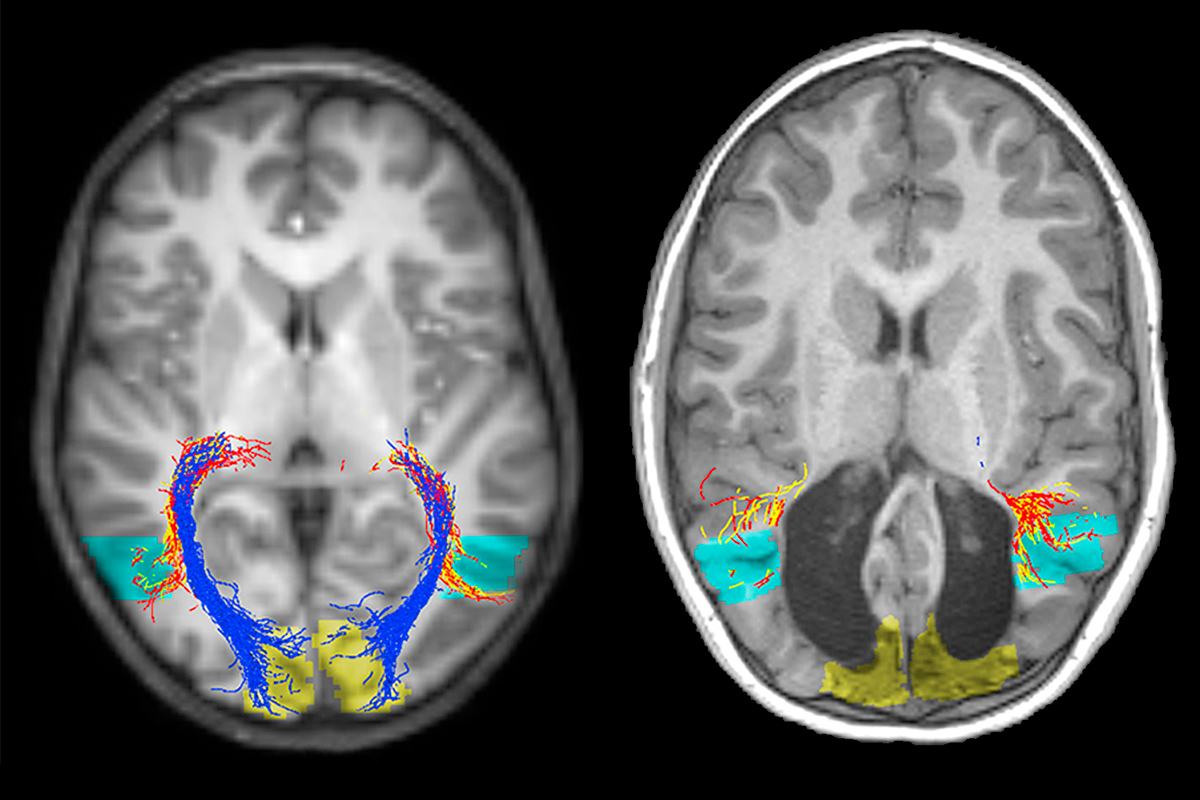blindness
A new study enhanced color vision for individuals with the most common type of red-green color blindness.
A new study reveals that it increases eye pressure, negating the effects of THC.
The case of a 7-year-old Australian boy who was supposed to lose sight at two weeks old but can still see has stunned scientists.


